3 tools that building compliance professionals should invest in.
Over the past decade, the construction-tech industry has grown, improving the efficiency of every day processes. However, with this constant improvement comes changing expectations around deadlines, workflow and communication, placing pressure on the compliance sector to keep up.
Implementing new technologies into a business can be a difficult change, particularly if you’re dealing with multiple staff. By investing time and energy into setting up the right frameworks, and consistently using them in the right way, you could potentially save yourself $1,000’s a month.
Here are three, easy-to-use software’s to improve your company’s efficiency.
BECODE
Simply navigating the BCA takes up a lot of time, so finding a tool to speed up that process can save you hours.
BECODE takes you through a few simple steps to gain an in depth understanding of your building and then provides you with a project-specific building code in less than 1 minute. You can then filter different sections, edit clauses and search.
It’s all web-based, so you can use it anywhere, it has an easy to use interface and requires next to no set-up. The hardest part about using BECODE is getting in the habit of using it, but once you realise how much time it can save you, we won’t be able to drag you away! And all for less than $1 a day.
With a constant stream of developments and added features in the pipeline, this tool is only going to become more useful for the compliance sector. Get ahead of the trend and find out more information about BECODE (and their obligation-free, 2-week trial) here.
Document Management Systems
Every company will have its own way to manage documentation, but it’s easy to fall into the trap of accepting inefficiencies in the process to avoid change. It’s now easy to access document management systems (DMS’s) that are tailor-made for the construction industry, and with some set up, you can use these software’s to seriously improve your company’s organisation and efficiency.
Three great tools in this space are BCS, Permassist and Visual Approvals. All software’s are specifically designed for building compliance professionals to create, organise, track and share your certification and project documentation. Some also have handy features around quotes and billing, allowing you to keep track of tasks and billing in one place.
They do have their differences, so it’s important to comprehensively review their features and pricing before committing. You can find information about BCS, Permassist and Visual Approvals here, here and here respectively.
CRM
You’ve probably heard people spruik the benefits of a CRM software before. But they can be difficult to set up, and establishing their place in your processes can be harder still.
However, a CRM is an invaluable tool in giving your team a comprehensive idea of what is going on day to day as you interact with clients and contractors. It’s not just about keeping clients happy; a CRM is one of your greatest assets because it represents a collaborative piece of market research that your employees can add to every day. The more you use it, the more links you create and the more valuable it becomes.
There are 100’s of these software’s available on the market, and we feel as if we've researched them all! The one that stood out to us was Zoho CRM. It’s at the right price point, but most importantly, is completely customisable.
If you’re setting Zoho up for one or two people to use, it’s relatively easy, but for larger companies, it’s a little more difficult to implement effectively – but clear processes and senior management buy-in are important. Your regular IT consultant will be able to help you more on how your whole company can make the most of a CRM.
Making it work
The most important part of making software and process changes in your company work is communication. Don’t commit to a software until you’re sure, and be clear in how, when, where and why you want to use these tools. The software itself won't fix anything, but building it's use into your company culture can fundamentally change your business. By constantly encouraging their correct use, you’ll normalise their place in your team and free up time to spend on the tasks, projects and people that really matter.
Have a thought about this? Click here to head over to our LinkedIn page to comment.
